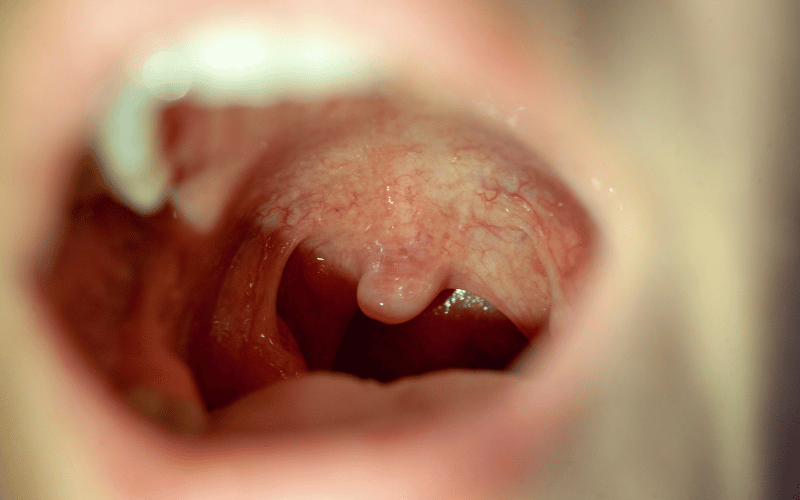Introduction: When It’s More Than a Sore
Oral health is an aspect of our well-being that often goes unnoticed until it’s too late, especially when it comes to our children. Our youngsters might not always articulate their discomfort, or even understand that something might be amiss. Yet, early detection of any anomaly, like the symptoms of oral cancer, is crucial for a promising prognosis.

Most parents are vigilant about the common ailments children face, from colds to toothaches. However, the possibility of oral cancer, although rare, shouldn’t be overlooked. It is easy to mistake some of its symptoms for common dental or throat issues. But, understanding these symptoms can empower parents to take swift action should any alarming signs arise.
It’s important to remember that children, much like adults, are susceptible to a host of health issues. Though oral cancer is primarily associated with adults, it’s not exclusive to them. The idea isn’t to instill fear but to emphasize the importance of awareness and proactive health checks. Every parent wishes for their child’s health and happiness. Recognizing the potential symptoms of oral cancer is one way to ensure that their bright smiles remain unshadowed by such concerns.
As a parent or guardian, there are specific signs that you can keep an eye out for, even during those daily routines, from morning toothbrush sessions to bedtime stories. This article aims to shed light on the top 10 symptoms of oral cancer in children, equipping you with knowledge and awareness, crucial tools in the fight against this condition.
Knowledge is, indeed, power. And when it comes to the health of our little ones, we can’t be too prepared. Delve into this guide to understand the tell-tale signs of oral cancer in children, ensuring that their future remains both bright and healthy.
1. White or Red Patches Inside the Mouth: A Silent Warning

The human mouth is a dynamic environment. Changes can often be dismissed as the result of spicy foods or minor irritations. However, patches inside the mouth, particularly those that are white or red, should not be overlooked. These discolored areas, technically referred to as leukoplakia (white patches) and erythroplakia (red patches), can be more sinister than they appear.
Not every child who has a white or red patch inside their mouth will have oral cancer. Many factors can lead to such changes, like bites or burns from hot foods. What makes these patches significant in the context of oral cancer is their persistence. A patch that doesn’t fade or heal naturally over time might be a cause for concern.
Erythroplakia, the red patches, hold a higher potential for malignancy compared to leukoplakia. Their appearance is often velvety and can be found on the floor of the mouth, the tongue, or the soft palate. While leukoplakia might appear more frequently, it’s the red patches that warrant closer observation.
The texture of these patches also provides clues. Any bump, roughness, or lump accompanied by discoloration amplifies the need for vigilance. A child might not always express discomfort, but a keen observer might notice them prodding or touching the affected area frequently.
Being informed is about being proactive. Recognizing these subtle signs in their early stages can make all the difference. It’s about ensuring the child’s oral health is uncompromised, setting the foundation for a lifetime of radiant smiles and laughter. (1)